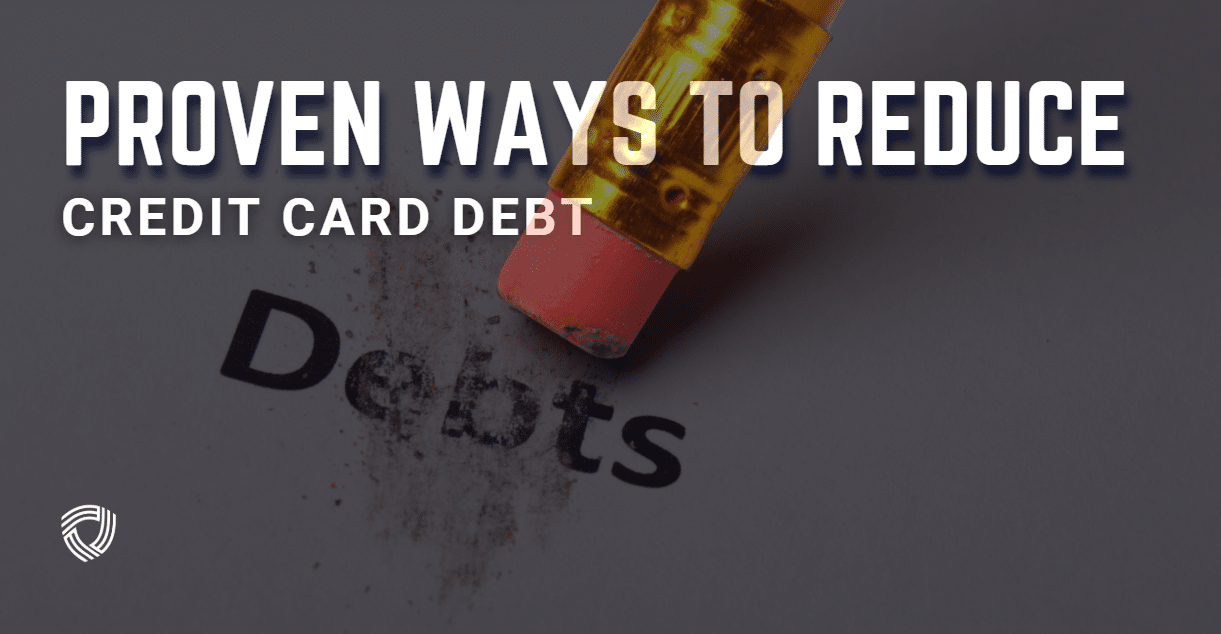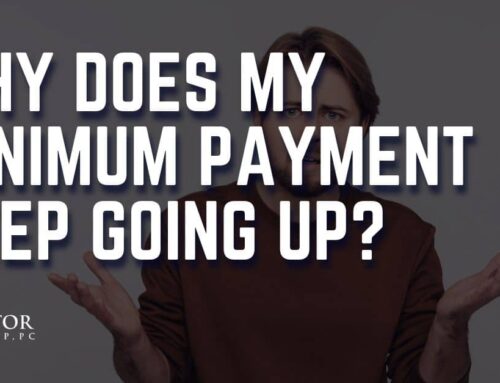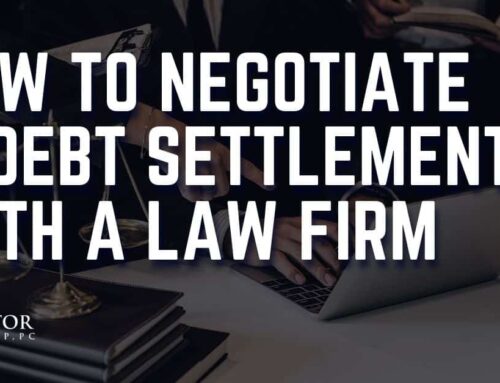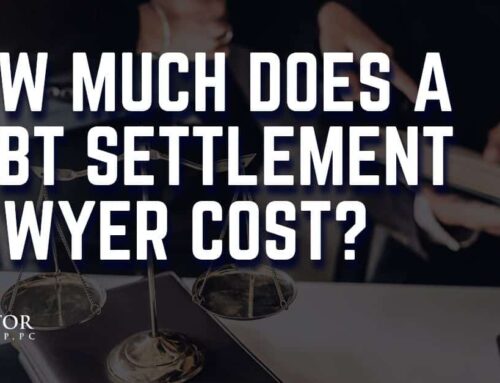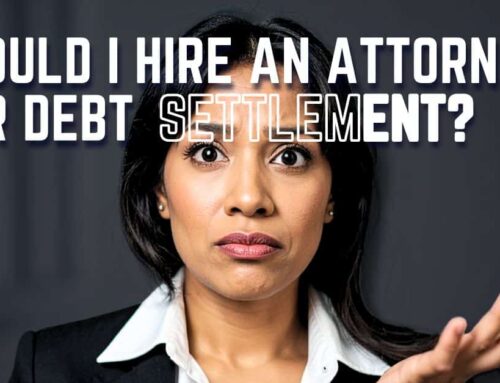Almost half of Americans with credit cards (47%) don’t pay off their balance in full each month. Over the past five years, carrying a balance has gotten much more expensive, with the average credit card interest rate rising by 35% since 2014, from 12.74% to 17.14%.
Paying your balance in full avoids interest charges altogether, but not everyone can do that. Among credit card holders, 77% have paid interest at some point. The next best option is to minimize the interest you pay, which leaves you with more money to pay down your debt faster. You don’t have to stay stuck in credit card debt. With the right plan, you can pay it off and turn the money you spent on interest into savings.
In this blog, we’ll explore whether it’s possible to be credit card debt-free for good—and how you can make it happen!
How Do I Reduce Credit Card Debt?
- Learn Your Interest Rates and Pay Off the Highest-Rate Cards First
Nearly 40% of Americans with credit cards (38%) don’t know the interest rates on their cards, which can cost them when it’s time to figure out how to pay off their balances. To save the most money and pay off your debt quickly, tackle your cards according to the annual percentage rate (APR). Make the minimum payment on each card, then put any extra funds toward the card with the highest APR. This strategy helps you minimize interest costs and get your debt down faster. - Transfer Your Balance to a 0% Credit Card.
If you have good credit — typically a score of 690 or higher — you might qualify for a credit card with a 0% introductory rate for 12 to 18 months. With no interest charges for the first year, you can focus on paying down your principal balance. Just be sure to have a solid plan to pay off the balance before the introductory period ends, as interest will kick in once the promotion ends. - Pay More Than the Minimum
Paying only the minimum on your credit cards might seem manageable, but it keeps you stuck in debt for years — especially if your cards have high APRs. The better approach? Pay as much as you can above the minimum each month.
Consider breaking it into smaller, more frequent payments if a big payment feels overwhelming. For example, pay biweekly or even weekly. Each extra dollar you pay chips away at your balance and reduces the interest you owe, helping you become debt-free sooner. Every little bit adds up!
Say Goodbye to Credit Card Debt for Good
Reducing credit card debt is a great goal, but what if you could eliminate it? That’s where debt settlement comes in. If you’re overwhelmed by high balances and struggling to make a dent in your payments, debt settlement can be the solution that changes everything.
Debt settlement is when a trusted partner negotiates with your creditors to reduce the total amount you owe. Instead of paying the entire balance, you settle for a lower amount—sometimes significantly less than your original debt. This approach can help you get out of debt faster and save money than making endless minimum payments.
At Mediator Law Group, we specialize in helping people just like you regain control of their finances. With years of experience and a proven track record, our team is committed to providing compassionate, professional support every step of the way. When you work with us, you can trust that we’ll negotiate aggressively on your behalf while ensuring you feel informed and confident in the process.
Don’t wait any longer to take control of your financial future. Reach out to Mediator Law Group today and let us help you say goodbye to credit card debt for good. Your fresh start is just a phone call away!

